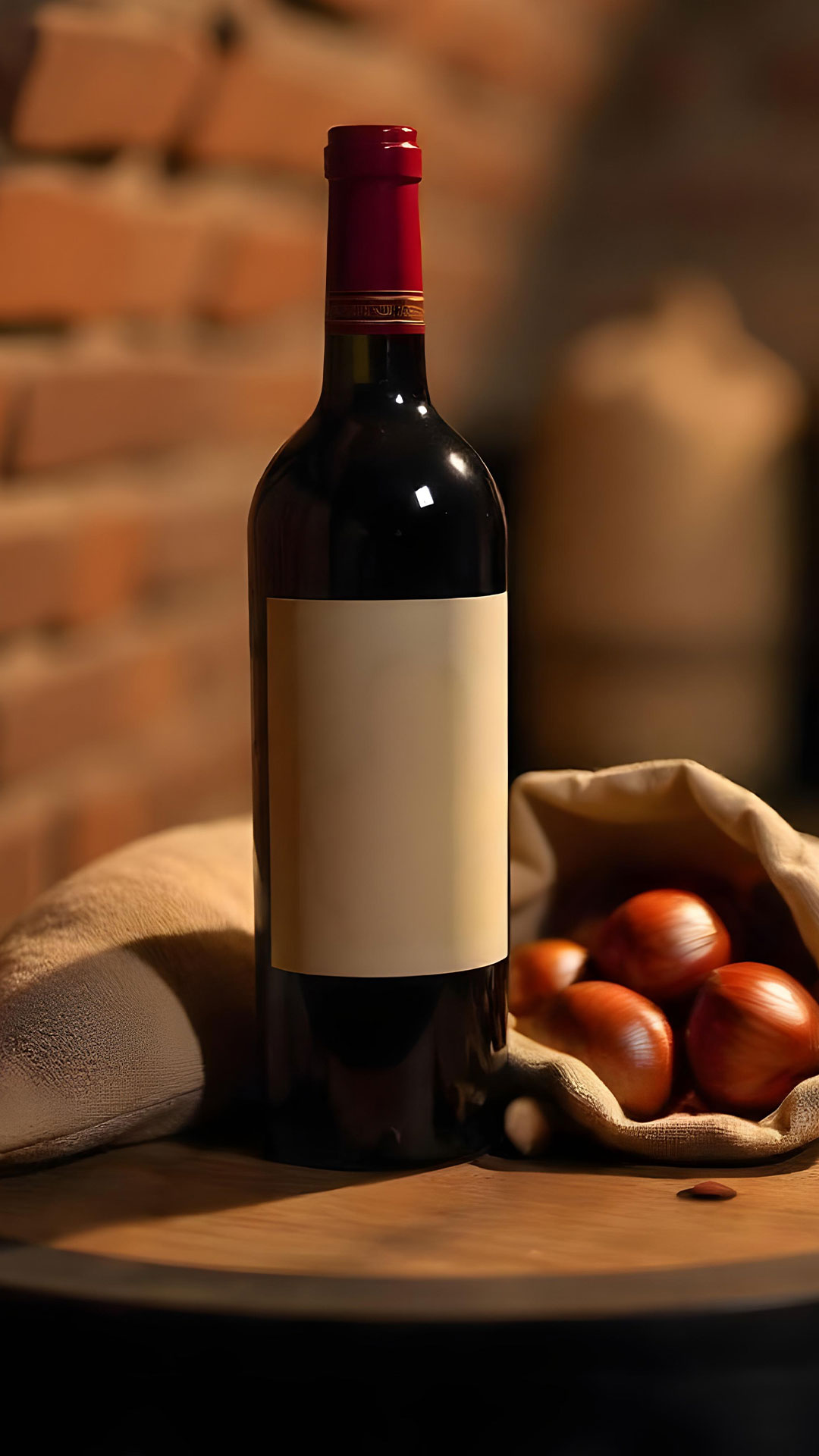
St. Martin’s Day, celebrated on November 11th, is one of the most anticipated dates of autumn. As the portuguese proverb says, “On St. Martin’s Day, head to the cellar and taste the wine,” this tradition invites us to taste the first wine of the year, accompanied by roasted chestnuts and good company. It’s a moment that connects us deeply with the land, agriculture, and its fruits.
Considered the “bread tree” in regions north of the Tagus River, the chestnut tree (Castanea sativa) was fundamental in the diet, being the primary source of carbohydrates before the introduction of the potato. This majestic tree can reach heights of 30 to 35 meters and diameters of up to 12 meters, with an impressive longevity, often living over a thousand years. While it can grow in challenging conditions, it thrives in temperate climates with moderate temperature and humidity.
Did you know…
- The chestnut tree survived the last glacial period, specifically the Würms glaciation during the Pleistocene, around 110,000 to 12,000 years ago, and has been cultivated for over 2,300 years.
- According to the Guinness Book of World Records, the tree with the largest measured diameter is a chestnut tree on Mount Etna, Sicily, known as the “Tree of One Hundred Horses.” The measurements were taken in 1770 and 1780, and it is estimated that this tree is about 3,000 years old. In Portugal, the oldest chestnut tree is in Vales, approximately a thousand years old.
- Portugal has more than 20 varieties of chestnuts, each with unique characteristics. Some are protected by Protected Designations of Origin (PDO), ensuring the quality of products from specific regions. Among them are the Terra Fria Chestnut, Padrela Chestnut, Soutos da Lapa Chestnut, and Marvão-Portalegre Chestnut.
- The richness of chestnuts goes beyond their taste, as they are also known for their medicinal properties. And, just like wine, chestnuts contain tannins.
Main Chestnut Producing Regions and Their Wines
Trás-os-Montes
Chestnuts: This region concentrates most of the chestnut production in Portugal, especially in municipalities like Bragança, Vinhais, and Valpaços.
Wines: Corresponding to the Trás-os-Montes PDO, this region is known for its robust red wines and aromatic whites, ideal for pairing with chestnuts. Try Quinta Valle Madruga Touriga Nacional and Touriga Franca red wine or another wine from the region for a perfect combination.
Beiras
Chestnuts: Chestnut production is traditional in the districts of Guarda and Castelo Branco, particularly in the high-altitude areas of the Serra da Estrela.
Wines: This region, known for its variety of grape varieties, produces wines that reflect its terroir. Try a Beira Interior wine to pair with roasted chestnuts, such as the Quinta do Cardo Superior red, Beyra Vinhas Velhas white, or Quinta dos Termos Colheita rosé.
Alentejo (Marvão-Portalegre)
Chestnuts: Known for the Marvão-Portalegre Chestnut, this region is famous for the quality of its chestnuts.
Wines: The Alentejo PDO is recognized for its full-bodied wines that complement chestnuts well. Enjoy wines from Quinta da Fonte Souto or an Alentejo Reserva with Marvão chestnuts.
Celebrate with Flavor
To prepare roasted chestnuts, place them in a preheated oven at 200ºC, sprinkled with coarse salt. Before that, two tips: soak them in cold water for 2 to 4 hours to soften the skin, and make an X-shaped cut on the rounded part of each chestnut to allow steam to escape and prevent them from bursting during cooking.
This St. Martin’s Day, gather the family, roast some chestnuts, taste the new wine, and celebrate the flavors and traditions of this season!
Cheers!

